Who do you trust to pick the right entry point into 2023’s sharemarket?
Experts forecast that the year ahead will be tough for shares, but in 2022 they told us we could expect an easy run. Here’s how to navigate the pitfalls.
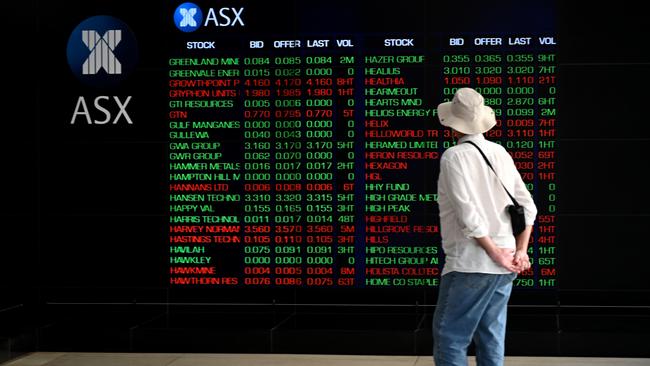
Shares were not the place to be in 2022, which you probably already know.
What you might not know is that shares over the longer term are always the place to be on every measure. A survey by Vanguard in mid 2022 revealed that shares were the best-performing asset class against all other investments over the past 30 years.
On an annualised basis, Australian shares returned 9 per cent, listed property returned 7.6 per cent, bonds were 5.9 per cent and cash was 4.3 per cent.
Analysts are understandably cautious about the prospect for 2023 but history would suggest that we are in for a better 12 months.
What’s more, the Australian sharemarket is one of the best dividend payment machines in the world.
The so-called dividend yield for local shares (that is the amount you get in income as a percentage of the amount you invest) is more than 4 per cent. On top of that, we have franking – the dividend imputation process which can add 1 to 2 per cent on top of that 4 per cent yield depending on how much tax you pay.
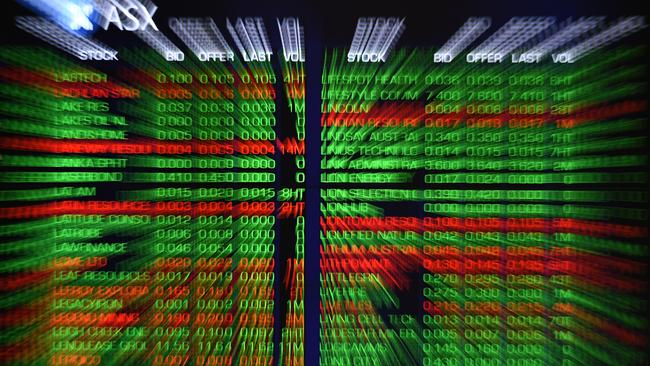
But how on earth do you get started in the sharemarket?
Getting started is a lot easier than it used to be, even a few years ago. There are several key avenues into the sharemarket. Anyone with the funds can open an online account and the smallest order you can place with a broker to buy shares is for about $500.
Once upon a time shares took a bit of paperwork and some dealings with a broker but nowadays it’s the click of a button and most sites will show you how your share portfolio is doing at a glance and at any given time.
Tracking your share investments has become simple but the harder part is finding which shares will be winners. You can do that yourself, pay a manager to try and do it for you – or pay an index fund to run an algorithm on your money so that you just get whatever the wider market returns.
For example, an ASX 200 Exchange Traded Fund will return exactly what the ASX 200 returns – you will never do better than the market and you will never do any worse.
The forecasts by major brokers for the ASX 200 in 2023 are modest, suggesting that total returns (including dividends) might range between 3 per cent and 7 per cent.
If those dividends are franked then the total returns in your pocket could be more like 4 to 8 per cent.
In recent times the ETF brigade has made great progress in the Australian market because many beginners are happy to get whatever the average market returns might be. In return for this service they pay very low fees.
Seasoned investors also like ETFs if they want to have some exposure in a certain place or sector without going through the process of buying individual shares. For example you might just want to buy cybersecurity stocks around the world or you might just want to “buy the NASDAQ market”. This is where ETFs are best.
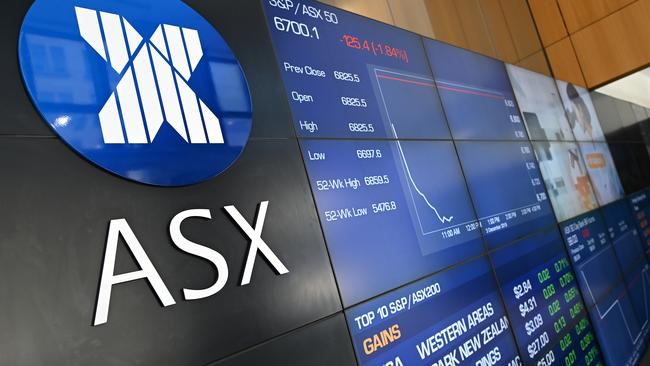
But, of course, if you want to make more than just the average – or you wish to protect yourself from an average performance when markets are rocky – then we get into the fine art of individual stock selection.
Active managers who stock pick will charge higher fees than ETFs – and they will often not do as well as ETFs – but when they win, they can win big.
Many investors still like to put money with active sharemarket selectors such as Perpetual, Platinum, Magellan or other well-known names.
To some extent the active managers have been squeezed between ETFs and individual shares in recent times. This trend is likely to continue and only active sharemarket funds that can clearly beat the competition out of the park are winning just now.
In 2022 fund managers such as Lazard Asset Management or Allan Gray were in the winner’s circle. So too were traditional conservative managers such as Bennelong, PM Capital, Tyndall and Maple Abbott Brown.
Is there a catch? Yes, there certainly is. The successful active managers of last year often find it hard to stay at the top of the ladder for long. If they did, we would all “set and forget” our money with them and never have to think about the issue again.
The essential feature of sharemarket investing is diversification. It’s a golden rule – unless you happen to have exceptional luck or quite exceptional share-trading talent.
Diversification means not having all your eggs in one basket. In the sharemarket that can mean geographical diversification; for example having shares both in Australian and overseas, especially on the US markets.
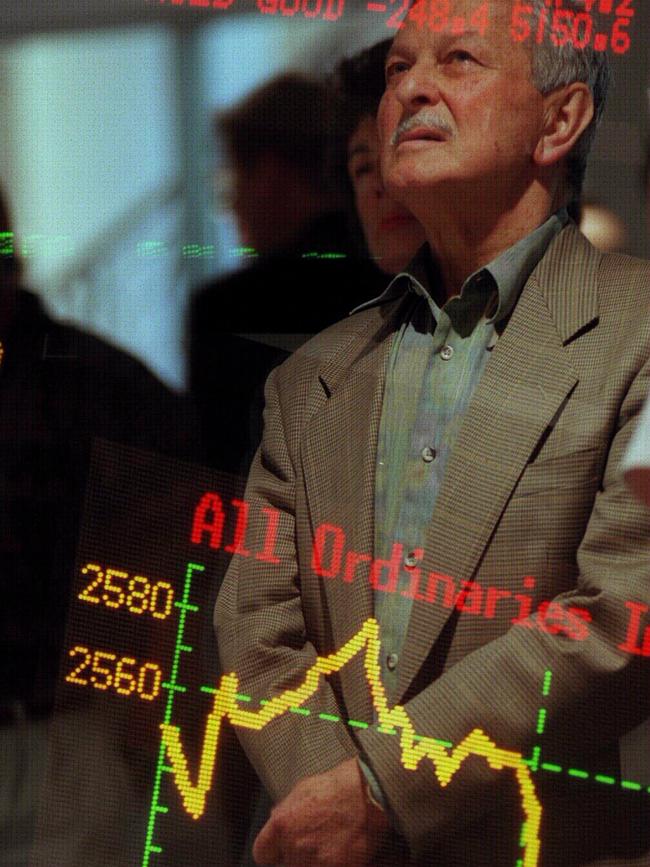
It can mean having a spread of shares offering both growth and value. Growth stocks primarily offer the prospect of profit growth, where investors expect a strong price increase history but a modest dividend history. CSL would be a good example.
Alternatively, there is the prospect of value where investors expect a strong dividend history and a steady price increase history. Commonwealth Bank would be a good example.
The key to the Australian sharemarket is to understand that although there are more than 2000 stocks, it is not actually very well diversified.
Banks and miners can take out 50 per cent or more of the entire market value, depending on where we are in the cycle. Currently the miners are “over-indexing” thanks to good prices for commodities but there is every chance the banks will rebound in the years ahead.
Beyond those market leaders we then have a handful of giant stocks that take up a large chunk of the value of the wider market. This would include supermarkets such as Woolworths and Coles along with a smattering of so-called industrials, such as telco Telstra or pallet maker Brambles.
All of the stocks inside the ASX Top 20 are very well covered and there are rarely big surprises inside this group. The next layer would be the rest of the ASX 200 which is pretty well covered by researchers and you can get information on any of these shares relatively easily.
Beyond the ASX 200 there are thousands of shares where the information and engagement is limited to a small circle of investors.
It’s in this small-cap space where fortunes are made and lost. Afterpay, the buy now pay later giant that was sold to Square in the US, started as a small cap and ended up a giant company before it was sold.
More typically, small caps can be engaged in mining, technology, biotechnology or other areas where the risks of success or failure are elevated.
The Australian Securities Exchange has a lack of “tech leaders” in the style of Amazon, Apple or Netflix. Similarly there is no Australian equivalents to Pfizer or Merck, or other “big pharma” companies.
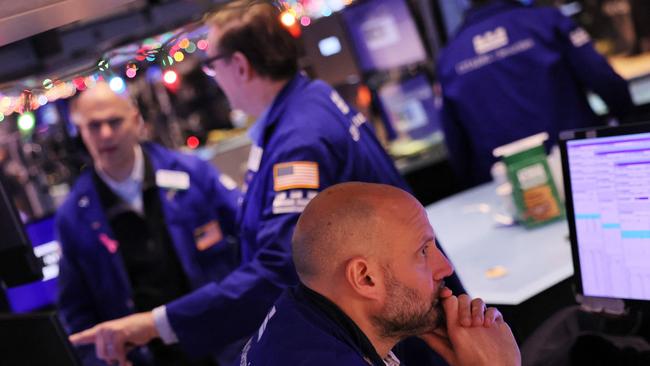
For the investor, the perennial puzzle is whether to invest blindly in the market through ETFs or to make a call and decide to put your money on a style of investing, either through individual stock selection or through a fund manager.
There are many styles but invariably it comes back to the previously mentioned dilemma of growth or value.
Growth companies such as Afterpay or Meta (Facebook) do very well when rates are low and investors are willing to pay big for the promise of ever-rising sales and ultimately big profits. This style was hit hard in 2022 and market losses experienced by most investors over the calendar year were mirrored in “growth” funds.
By contrast, value investors who have been out of fashion for many years finally got a taste of the good times in 2022 as a mid-year sell-off brought prices back to earth and valuations again looked reasonable.
The consensus is very much that value investors will continue to prosper in the year ahead as the trend of lower rates, which ran for more than a decade, will continue to reverse in the decade ahead. If that is the case, then value stocks have the wind behind them.
Looking for some individual stock ideas? In 2023 it looks like the analysts are very much favouring value stocks. The listings that look set to benefit from the conditions just now are selected banks such as Commonwealth Bank, infrastructure stocks such as Transurban and APA (Australian Pipeline) along with healthcare leaders such as CSL and Ramsay Healthcare. And if you are adventurous, gold stocks still have keen support: Newcrest and Northern Star are two names continually mentioned in dispatches.
Out of favour will be stocks which were the early winners in a rising rate cycle but may soon have to take a back seat. Computershare, IAG and Suncorp are in this group. Similarly, the post Covid-19 travel rebound is seen as having been fully priced into Qantas and Flight Centre.
Items related to ESG (environmental, social, governance) principles are expected to remain important. Good ESG ratings do not guarantee share market success but failing in terms of ESG can be expensive.
In recent times Crown Resorts endured a sell-off when its management failed on endless ESG issues.
At the same time, coal stocks which would not pass ESG tests did handsomely during the energy crisis last year.
Investors also want to make sure that companies are cyber-secure. Medibank Private endured a sell-off during its ransomware dramas in 2022.
Share investing is not for the faint hearted. If risk is not your thing then step into the market with someone else managing your money; ETFs will ensure you get an average return, an active manager will mean you are more likely to beat – or fail to beat – the market average return. Unfortunately the main thing we know is most active managers do not beat the market average return.
Or do it yourself. Don’t speculate, invest; Don’t put too much emphasis on too few stocks, diversify instead. History suggests your shares will beat all other asset classes over the long term. They didn’t do very well in 2022 but statistically that means they have a better chance of doing so in 2023.
This feature is part of our Summer Investment Bootcamp series. A podcast on this feature can be heard on The Australian’s Money Cafe podcast – Summer Bootcamp series.







To join the conversation, please log in. Don't have an account? Register
Join the conversation, you are commenting as Logout